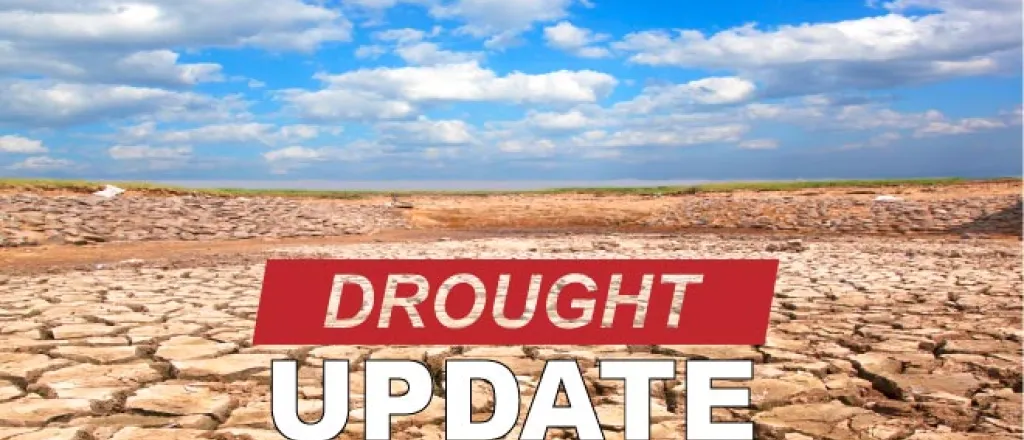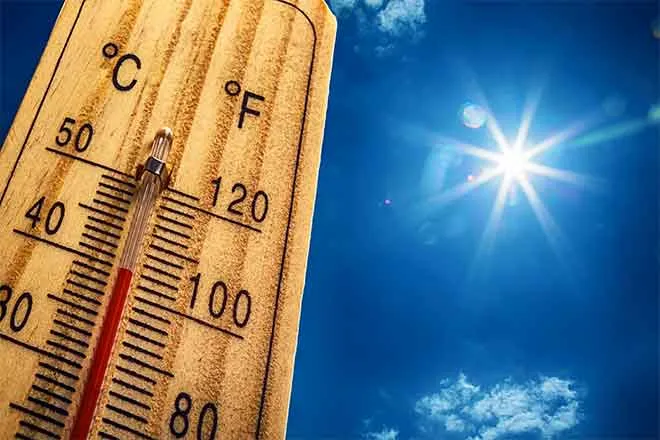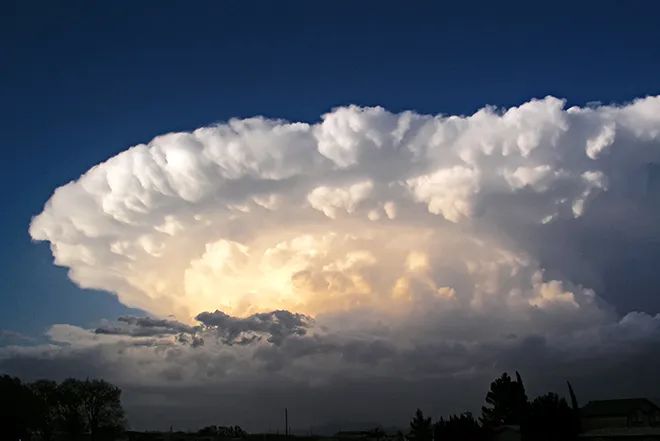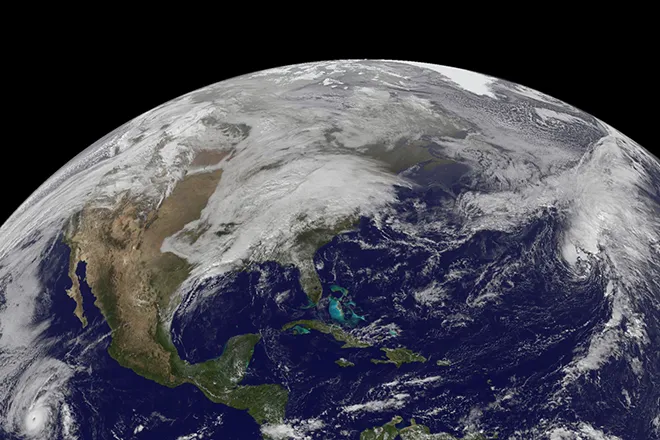
Drought, dry conditions expand in northeast Colorado, river basins at 100 percent or better
While western Colorado has largely seen improvements in drought conditions since December, the northeast plains are showing an increase in abnormally dry conditions, and even development of moderate drought in Weld County over the past week.
In northwest Colorado, an area of severe drought impacting northern Routt County improved to moderate conditions over the past week.
Central Archuleta County saw in increase in exceptional drought – the worst category – with the remainder of the county in extreme drought after recent improvements.
Abnormally dry conditions expanded in northeast Colorado to cover Logan, Phillips, Sedgwick, Washington and most of Yuma counties, along with the remainder of northeast Lincoln and portions of northwest Kit Carson counties. The abnormally dry area also expanded into southwest Cheyenne County. The area has received ten to 30 percent of normal precipitation since the end of 2018.
Moderate drought appeared in central Weld County over the past week, while severe drought expanded slightly in southeast Elbert County.
Overall, the drought-free area of Colorado dropped from 16 percent to eight, while abnormally dry conditions expanded to 25 percent, up from 18 percent, over the past week. Moderate drought increased by one point to 26 percent of the state. Severe and extreme conditions were steady at 19 percent each. Exceptional drought was also unchanged at three percent.
One year ago, just one percent of the state was drought-free, while 28 percent was abnormally dry. Forty percent of Colorado was impacted by moderate drought, with the remaining area in severe conditions.
River basins across the state have all reached 100 percent or more of the median snow water equivalent – a measure of the water content of snowpack. Statewide, SWE stood at 109 percent, up from 104 percent February 1. The San Miguel, Dolores, Animas and San Juan basin reached 102 percent of median, up from 89 percent, while the Upper Rio Grande basin moved from 88 to 100 percent. Both basins had been below the median for the year prior to the February 10 report. Remaining basins in western Colorado showed slight improvements for the week and remain well above 100 percent. In eastern Colorado, the South Platte and Arkansas basins slipped slightly but remain strong at 112 and 122 percent, respectively.
Drought categories include (ranked from least to most severe) abnormally dry, moderate, severe, extreme and exceptional drought.
Drought maps courtesy of the National Drought Mitigation Center. Snow water Equivalent map courtesy of the United States Department of Agriculture – Natural Resources Conservation Service.
Colorado Drought by the Numbers | |||||||
Week | Date | None | D0 | D1 | D2 | D3 | D4 |
Current | 2/5/19 | 8 | 25 | 26 | 19 | 19 | 3 |
Last Week | 1/29/19 | 16 | 18 | 25 | 19 | 19 | 3 |
3 Months Ago | 11/6/18 | 17 | 17 | 12 | 20 | 22 | 13 |
Start of Calendar Year | 1/1/19 | 18 | 16 | 11 | 28 | 16 | 11 |
Start of Water Year | 9/25/18 | 14 | 14 | 8 | 16 | 32 | 16 |
One Year Ago | 2/6/18 | 1 | 28 | 40 | 32 | 0 | 0 |

















